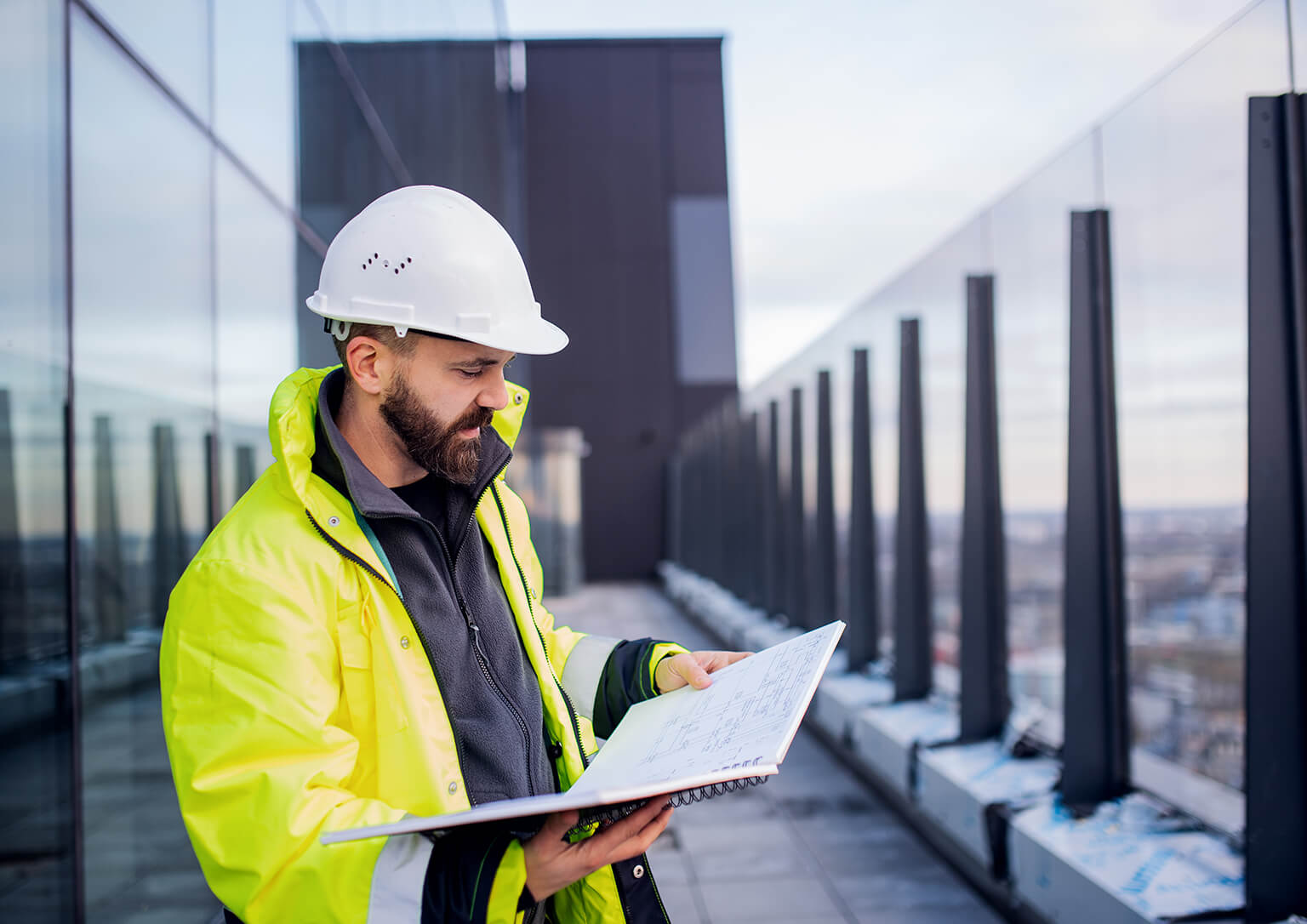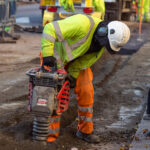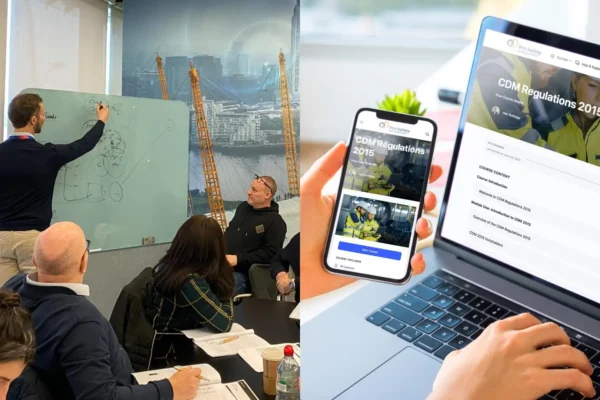You know that clear communication is vital to running a safe and successful project, but how do you get started?
The Clients Brief is all about setting out your requirements and expectations so that the design and management of your project runs smoothly.
It’s a way of clarifying what you want, and taking responsibility for the health and safety of everyone involved.
What is a Clients Brief?
If you are planning to have any type of construction project that involves telecommunications work done on your behalf, you are the Client.
As the client, you have overall accountability under the Construction (Design and Management) Regulations 2015 (CDM) for the health, safety, and welfare of your project.
You need to have a good working relationship with the two other main duty holders – the Principal Designer and Principal Contractor. That’s where the Clients Brief comes in.
In short, the Clients Brief is usually a written document that is drafted by you, or by the principal designer or contractor after discussing your expectations with you.
It sets out your key requirements, outlines your vision, and communicates your aims and expectations for the project. It helps others to plan and accommodate your requirements for a successful project.
It’s important for you to take ownership of these arrangements and communicate them clearly from an early stage.
What does the Clients Brief cover?
The Client Brief normally outlines:
a) the main function and operational requirements of the finished project;
b) how the project is expected to be managed, including health and safety risks;
c) a realistic timeframe and budget;
d) a single point of contact for any client queries or discussions;
e) any other relevant matters.
It’s also useful to include an overview of your motivation for initiating the project and the design direction you have in mind.
You might also want to provide more details on expected standards for health and safety, safe working practices, and how standards will be maintained throughout the project.
How do you create a Clients Brief?
Putting together a Client Brief might seem like a lot of work, but it’s actually pretty straightforward when you know how.
It’s worth putting the time into getting the Client Brief right, to ensure your project is successful.
And in the words of the famous writer Dale Carnegie “an hour of planning can save you 10 hours of doing”.
Thats why I want you to ensure your Client Brief’s explains the purpose, vision, and health and safety values of your project, and to provide an overview of the core elements of your project strategy.
If you include the following steps, your project will be off to a good start.
And you can be confident that your duty towards health, safety, and welfare is covered.
1. Assemble your project team:
Appoint designers and contractors (including a principal designer and principal contractor). You need to make sure that the other duty holders on the project are capable, with the necessary skills, knowledge, education and training to perform their duties. Focus should be put on experience based on previously delivered projects.
Once you have identified work packages and duty holders, you should conduct leadership tours of site works, and hold consultations with engineers (and other relevant team members) to make sure everyone understands the vision and expectations of the project.
2. Define roles:
Make sure the functions and responsibilities of your project team are clear by providing an overview of all the construction, design, and management tasks, and who will be involved.
Provide relevant information about the project or client brief to the project team, and conduct training where appropriate. Outline levels of supervision and expected behaviours for all workers.
3. Allocate time and resources:
Allow sufficient time and resources for each stage of the project – from conception to completion. Provide clear and realistic project start and end dates, and produce a schedule of key activities.
If necessary, you will also need to submit an online F10 Notification Form to HSE to notify them when works commence.
4. Set up communication systems:
Ensure that mechanisms are in place for members of the project team to communicate, cooperate, and coordinate activities with each other.
Make a contact list and provide a First Point of Contact for all workers and contractors. Schedule meetings and consultations to establish high levels of communication.
5. Establish a culture of accountability:
Take reasonable steps to ensure that the principal designer and principal contractor comply with their separate duties. This could involve progress meetings or written updates and reports.
Set key performance measurements for success, and define how monitoring and auditing will take place (e.g., monthly performance reporting indicators).
6. Provide a clear health and safety plan:
Define the health and safety culture you want to see throughout the project by setting out your H&S commitment statement. This should include all key H&S principles that must be followed (e.g., managing risk through the principles of prevention).
Conduct risk assessments and health and safety audits to identify the high-level risks on the project, and make sure the H&S performance of designers and contractors is maintained throughout the project.
7. Provide welfare facilities:
Make sure that all workers have access to welfare facilities such as toilets, drinking water, places for rest, washing and changing facilities.





